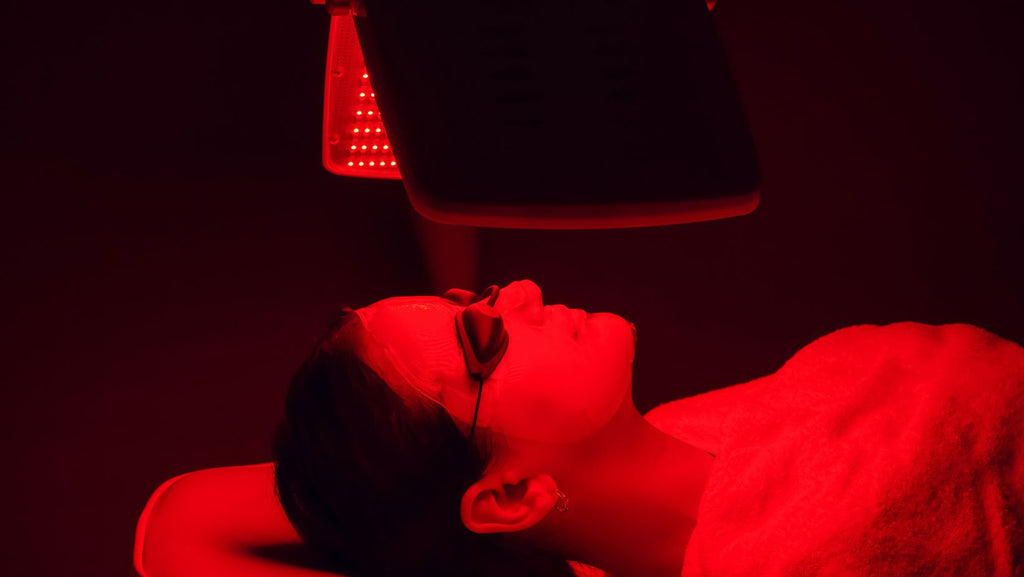The Science Behind Red Light Therapy: How It Supports Your Health and Wellbeing

In recent years, red light therapy devices have gained major attention across Australia for their potential to improve everything from skin rejuvenation to recovery and mood regulation. What was once exclusive to clinics and spas is now becoming increasingly accessible through at-home technologies, allowing users to experience similar benefits without professional appointments.
This blog will explore how red light therapy works, why it’s supported by science, and what to consider when choosing the best red light therapy device Australia offers, particularly if you’re looking for something safe, effective, and based on research-backed wavelengths.
What Exactly Is Red Light Therapy?
Red light therapy (RLT) involves exposing the body to low wavelengths of red and near-infrared light, which penetrate the skin to stimulate cellular energy production. This process, known as photobiomodulation, helps improve circulation, reduce inflammation, and accelerate the body’s natural healing responses.
Unlike UV light, red and near-infrared wavelengths do not damage the skin, in fact, they encourage collagen production, tissue repair, and even enhanced mitochondrial function. Studies have shown RLT’s potential to improve skin elasticity, reduce joint pain, and support overall wellness.
How Red Light Therapy Panels Work
When comparing different red light therapy panel options, the key lies in understanding light intensity and wavelength accuracy. Most panels emit light at specific wavelengths (usually 660nm for red and 850nm for near-infrared), which are considered ideal for deep tissue penetration and cellular activation.
Panels are typically used by standing or sitting in front of the light for short sessions, allowing the body to absorb beneficial energy across larger surface areas, making them perfect for athletes, skincare enthusiasts, and anyone focused on overall vitality.
Benefits of Red Light Therapy Backed by Research
Here’s a closer look at some of the most studied benefits associated with using red light therapy devices regularly:
-
Skin health: Promotes collagen production and reduces fine lines.
-
Muscle recovery: Reduces inflammation and soreness post-training.
-
Mood support: Some studies suggest improved sleep and reduced anxiety due to melatonin regulation.
-
Hair growth: Stimulates follicles through increased blood flow and cellular regeneration.
Clinical research continues to expand on these findings, showing promise in areas like brain health, pain management, and metabolic improvement.
Choosing the Right Device for You
When selecting a device, it’s important to consider wavelength accuracy, power output, treatment area, and safety certifications. Look for devices that meet medical-grade standards or have been registered with trusted authorities. The best red light therapy device Australia users choose often depends on intended use, whether for targeted recovery, skin health, or full-body wellness.
Larger red light therapy panel systems provide broader coverage, while smaller handheld or dome-style devices offer portability and convenience. Consistency, rather than intensity alone, is what yields results over time.
Safety and Usage Tips
-
Follow manufacturer timing recommendations (typically 10–20 minutes per session).
-
Maintain a distance of about 15–30 cm from the device.
-
Protect eyes if advised, especially when using high-powered panels.
-
Stay consistent, benefits accumulate over time.

Red light therapy is generally considered safe for daily use, with minimal side effects reported when used correctly.
Conclusion
Red light therapy offers a fascinating intersection of science and wellness, a natural, non-invasive method to enhance physical and mental health. As more people across Australia explore its potential, choosing the right red light therapy devices ensures safe and effective results backed by research and proper wavelength technology.
